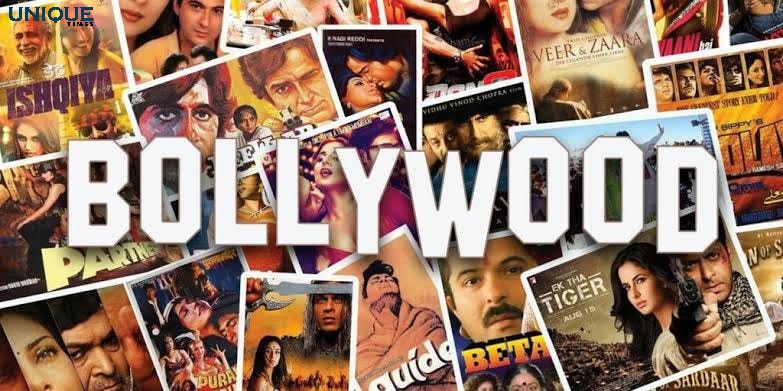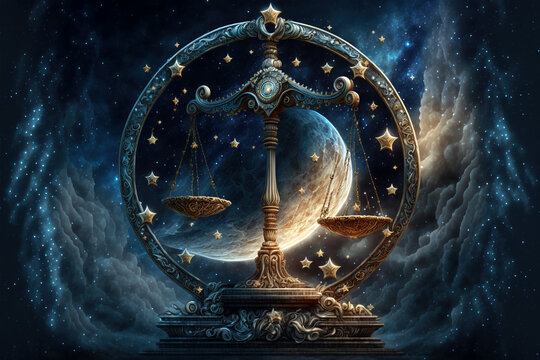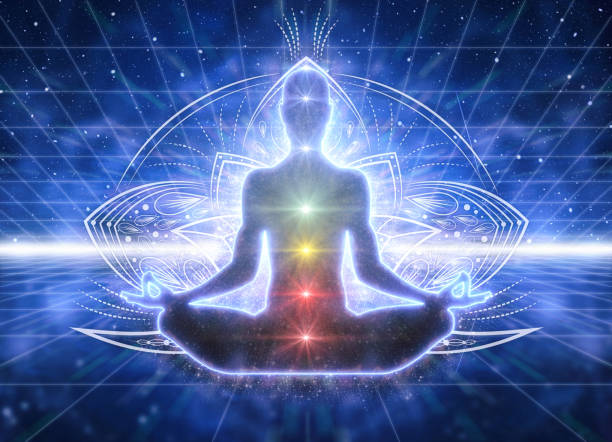The Impact of Indian Cinema on Global Culture

Indian cinema, with its rich history and diverse storytelling, has made a significant impact on global culture. For decades, Bollywood, the Hindi-language film industry based in Mumbai, has been the face of Indian cinema internationally. However, the influence of Indian films extends far beyond Bollywood, with regional industries like Tollywood, Kollywood, and others contributing their own cultural touch on the global stage. The diversity in storytelling, music, dance, and art forms from India has captivated audiences worldwide and helped shape global cinematic trends.
Indian cinema’s impact on global culture is multifaceted, reaching across entertainment, fashion, language, and social norms. From the vibrancy of Bollywood to the artistry of independent filmmakers, Indian cinema continues to resonate with international audiences, creating a global space for Indian narratives, music, and emotions.
The Global Rise of Bollywood
Bollywood is perhaps the most well-known aspect of Indian cinema. With its colorful musical numbers, larger-than-life plots, and unique storytelling techniques, Bollywood has attracted millions of fans worldwide. The global popularity of films like Dilwale Dulhania Le Jayenge (1995), Lagaan (2001), and 3 Idiots (2009) exemplifies Bollywood’s growing reach. These films have not only entertained but also introduced audiences to the nuances of Indian culture, family dynamics, and social values.
The rise of streaming platforms like Netflix and Amazon Prime Video has further accelerated the reach of Indian films. Movies and TV shows from India are now accessible to audiences across the globe, contributing to a cross-cultural exchange that has made Indian cinema more mainstream internationally. International viewers are increasingly discovering the magic of Bollywood through these platforms, allowing Indian films to break barriers and gain a diverse global audience.
Influence on Music and Dance
One of the most distinctive elements of Indian cinema is its music and dance. Bollywood songs, with their catchy rhythms, colorful choreography, and vibrant costumes, have become a global phenomenon. The widespread popularity of Bollywood dance has resulted in dance studios around the world teaching Indian dance styles like Bharatanatyam, Kathak, and Bollywood-style dancing. International music artists and filmmakers have also incorporated Indian musical elements into their own work, creating a fusion of sounds that blends both traditional and modern sensibilities.
Indian film music is celebrated for its diversity, from the classical ragas to contemporary beats. Music directors like A.R. Rahman, who gained international recognition for his Oscar-winning soundtrack for Slumdog Millionaire (2008), have played a key role in bringing Indian sounds to global audiences. Rahman’s compositions, along with those of other iconic musicians, have inspired artists around the world and contributed to a broader understanding of Indian music’s cultural depth.
Fashion and Aesthetic Trends
The influence of Indian cinema on global fashion cannot be understated. The vivid costumes, elegant saris, and glamorous Bollywood styles have caught the attention of the international fashion world. Designers have taken inspiration from the intricate embroidery and vibrant colors seen in Indian films, incorporating them into their collections. The global fascination with Indian textiles, such as silk, khadi, and brocade, is another example of Indian cinema’s impact on global fashion.
The trend of fusion fashion, which blends traditional Indian attire with Western elements, has also grown due to Bollywood’s influence. Actresses like Deepika Padukone, Priyanka Chopra, and Aishwarya Rai Bachchan have become global style icons, often seen attending international events in traditional and fusion Indian attire. This blending of cultures in fashion reflects a broader trend of cultural exchange driven by Indian cinema.
Bridging Cultural Gaps and Fostering Social Change
Indian cinema has also played a significant role in bridging cultural gaps by telling stories that resonate with universal emotions and themes. From romance to social issues, Indian films reflect the complexities of life and the human experience, making them relatable to audiences worldwide. Indian films have a unique way of blending entertainment with powerful social commentary, often addressing issues like poverty, gender equality, and environmental concerns.
For instance, Slumdog Millionaire (2008), a British film set in India, garnered international attention for its portrayal of Indian life and culture. The film’s success showed the global curiosity about India’s socio-economic landscape and how Indian stories could transcend borders. Similarly, films like Taare Zameen Par (2007), Pink (2016), and Queen (2014) have sparked conversations about education, mental health, women’s empowerment, and personal freedom, contributing to global dialogues about these issues.
In recent years, there has been an increasing focus on addressing gender inequality and breaking stereotypes in Indian cinema. Women-centric films like Piku (2015) and Tumhari Sulu (2017) have been recognized for their fresh perspectives on women’s roles in society, both in India and globally. This shift has prompted a more progressive portrayal of women in films, resonating with international audiences advocating for equality and empowerment.
Collaboration with International Filmmakers
In addition to Bollywood’s reach, Indian filmmakers are collaborating with international artists to create cross-cultural cinematic experiences. Directors like M. Night Shyamalan, born to Indian parents, have brought Indian narratives and influences to Hollywood. Films like Life of Pi (2012), directed by Ang Lee, which was based on an Indian novel, further demonstrate the global reach of Indian stories.
Indian film actors have also made their mark in international cinema. Priyanka Chopra, Irrfan Khan, and Anupam Kher are just a few examples of actors who have gained recognition in both Bollywood and Hollywood. Their success is a testament to the growing interest in Indian culture and the increasing acceptance of Indian talent in global cinema.
Indian Cinema’s Social and Cultural Impact
While Indian cinema’s entertainment value is undeniable, its cultural impact is also profound. It has helped shape global perceptions of India, showcasing its diversity, traditions, and values. Bollywood’s colorful portrayal of Indian festivals, rituals, and family dynamics gives audiences outside India a window into the country’s rich cultural heritage. This visual representation has helped promote cross-cultural understanding and appreciation.
Moreover, Indian cinema has influenced global pop culture by contributing to global conversations about family, love, and social issues. Its ability to transcend language and geographical barriers through the universal language of storytelling has solidified its place in the global cultural landscape.
Conclusion
The influence of Indian cinema on global culture is undeniable. Through its vibrant storytelling, captivating music, innovative fashion, and progressive social messages, Indian films have earned a special place in the hearts of audiences worldwide. Bollywood and other regional industries have brought the richness of Indian culture to the forefront, sparking global conversations, bridging cultural gaps, and inspiring change. As Indian cinema continues to grow in international stature, its cultural impact will only expand, shaping the future of global entertainment and cultural exchange.










